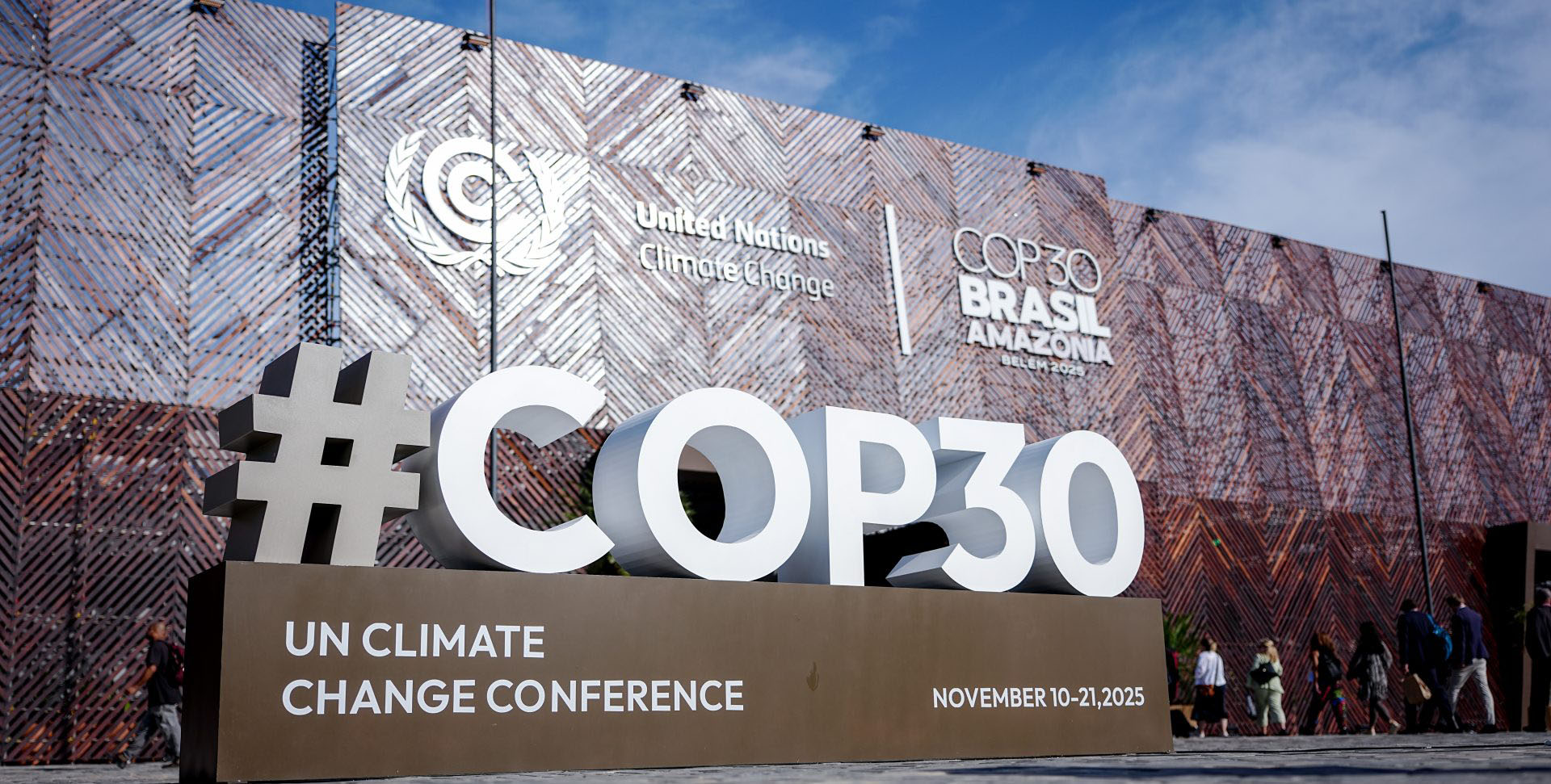The COP 29 and COP 30 Presidencies and the Climate High-Level Champions (CHLC), Nigar
Arpadarai and Dan Ioschpe worked hand in hand to deliver a COP 30 of implementation. Over the
past two weeks, COP 30 has shown how climate action is accelerating across key systems, from
energy and transport to food and health, from industry and finance to land, ocean, and education,
with clear benefits to people and nature. All levels of governments, businesses, financial
institutions, and civil society, including Indigenous Peoples, have used this COP to present work
already underway, show how pledges and plans are turning into delivery, and how implementation
can be accelerated by working together. This is what climate action now looks like in practice:
● A trillion-dollar pipeline for grids and storage, a quadrupling of sustainable fuels by 2035,
and developing countries leading the race on industrial decarbonisation. Tens of thousands
of electric vehicles, thousands of gigawatts of renewable energy, hundreds of clean
industrial projects, novel carbon removal technologies. Under the COP 30 Global Climate
Action Agenda, the Green Grids Initiative launched at COP26 and the Utilities for Net Zero
Alliance (UNEZA) launched at COP28, united with the Clean Energy Ministerial, IRENA, the
IEA and others to deliver a global plan to accelerate expansion and resilience of power grids
and invest USD 1 trillion to triple their collective renewable capacity by 2030. This is what it
takes to transition the energy, transport and industry sectors away from fossil fuels,
enabling increased energy access.1
● Hundreds of million hectares of forest, land and ocean protected or restored. Millions of
farmers are transitioning to regenerative agriculture practices. Land rights of millions of
Indigenous Peoples, traditional communities and Afro-descendant groups secured. A total
of USD 9 billion in committed investment, covering more than 210 million hectares of land
and reaching 12 million farmers across more than 90 agricultural and food commodities
building resilience across entire value chains in over 110 countries by 2030. This is how we
steward forests, oceans and biodiversity, and how we transform the agriculture and food
systems.2
● 437.7 million people became more resilient thanks to the Race to Resilience campaign. 162
companies, cities, and regions — covering 25,000 buildings and USD 400 billion in annual
turnover — cut over 850,000 tonnes of CO₂ in 2024 surpassing one million tonnes reduced
in total. The CHAMP coalition launched at COP28, delivered two-thirds of new nationally
determined contributions with stronger subnational and urban content among its 78
members. Millions of jobs created, new skills developed to build resilience for cities,
infrastructure, and water, while fostering human and social development.3
● Trillions of dollars pivot into the transition with new partnerships and innovation to scale
finance from the private sector, governments, as well as financial institutions, including for
adaptation finance. This is how climate action begins to function as an economy in its own
right – one that unleashes finance, technology, and capacity-building to reward protection
and long-term stability.

